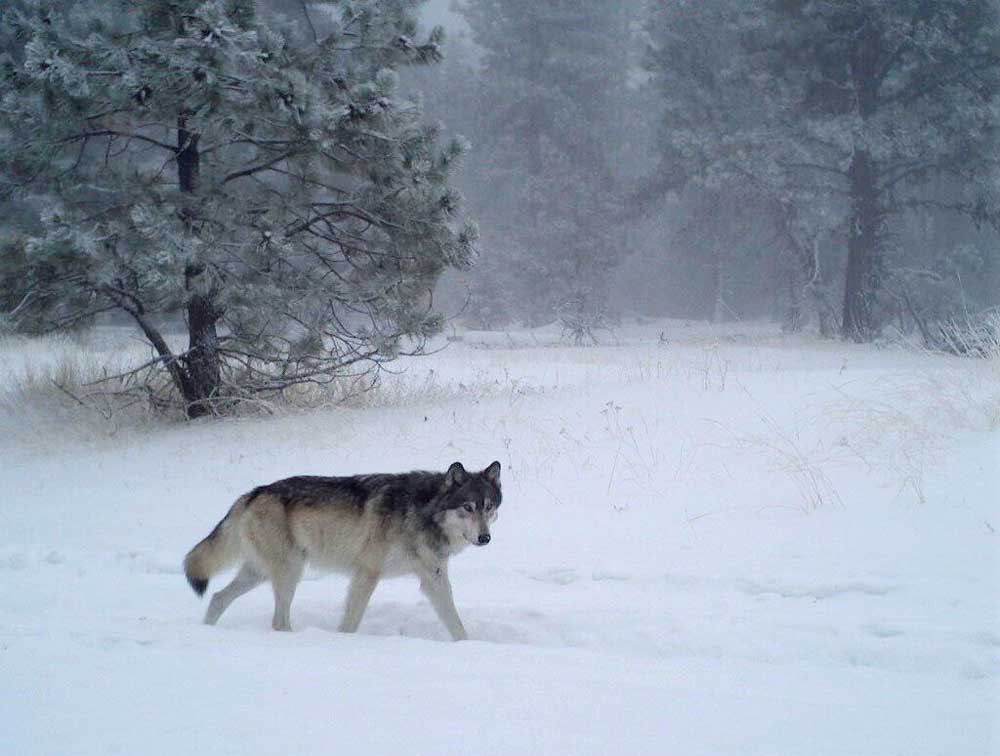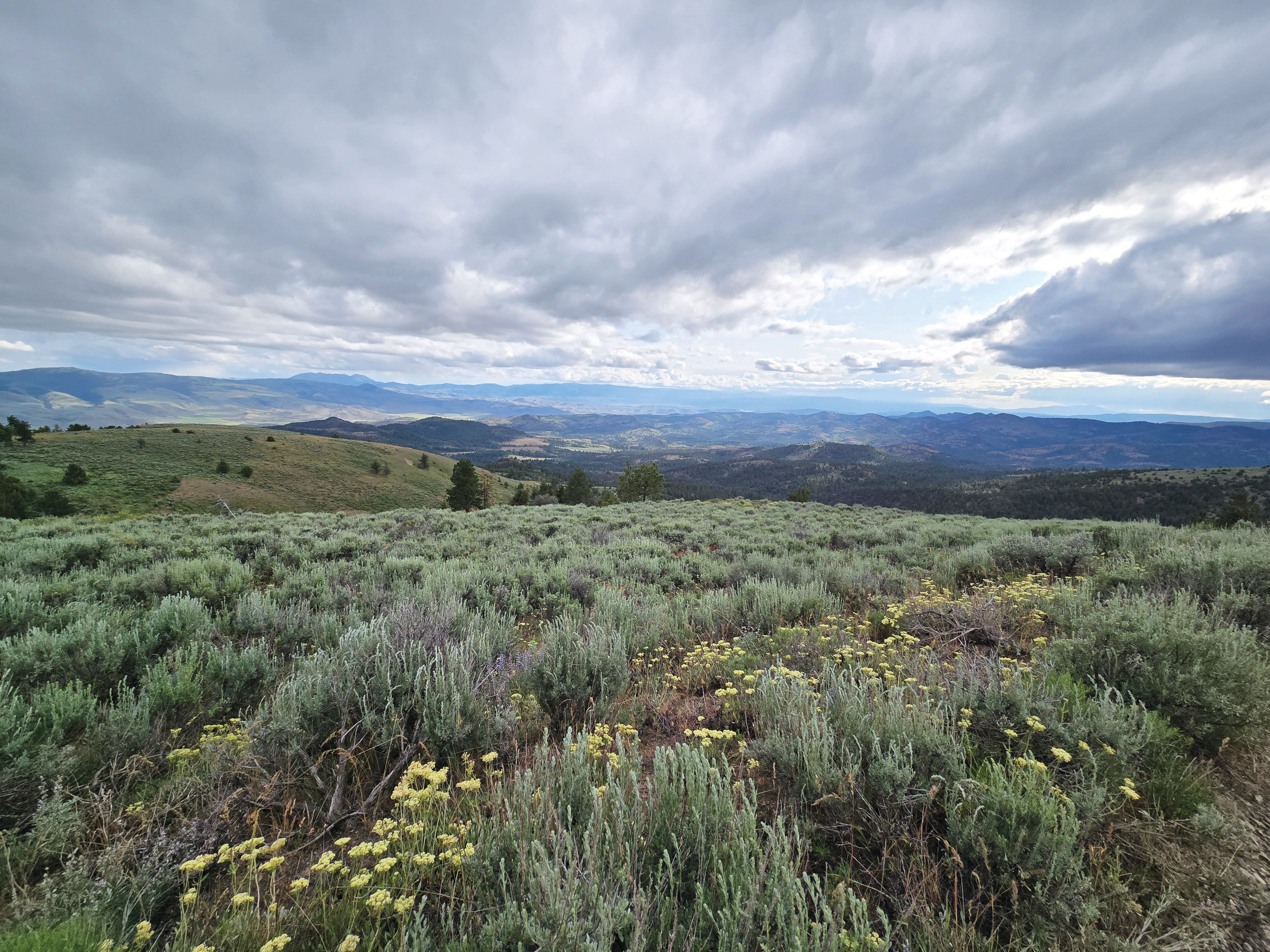Judge restores many wolves to endangered species list
Published 1:00 pm Thursday, February 10, 2022

- A federal judge in California has put a population of gray wolves on the endangered species list.
A federal judge in Oakland, California, Thursday, Feb. 10, restored many wolves in the Lower 48 to the endangered species list, overturning a decision by the Trump administration that was cheered by ranchers.
U.S. District Judge Jeffrey White embraced claims by wolf advocates that stripping protection was premature.
The ruling again puts wolves in Western Washington, Western Oregon and California under federal protection.
The decision does not cover wolves in Eastern Washington, Eastern Oregon, Idaho or Montana. Wolves in those areas will remain off the federally protected list of species and will still be managed by state officials.
The U.S. Fish and Wildlife Service argued that wolves throughout the U.S. were no longer threatened with extinction because of robust wolf populations in the Northern Rocky Mountains and the Great Lakes.
The agency said West Coast wolves were an extension of those large and stable populations.
White, however, said the agency erred by declaring West Coast wolves are recovered based on the status of wolves in Rockies and Great Lakes.
Environmental groups that sued to restore protection celebrated White’s decision.
“This is a huge win for gray wolves and the many people across the country who care so deeply about them,” Collette Adkins, carnivore conservation director at the Center for Biological Diversity, said in a statement.
The Biden administration inherited the lawsuits and defended in court delisting wolves throughout the Lower 48. At the same time, the Fish and Wildlife Service said it will review the status of wolves throughout the U.S.
The agency said increased hunting of wolves in states such as Idaho may cause it to reconsider its decision to remove federal protection.
Under federal protection, wolves that attack livestock are not subject to lethal removal. Washington and Oregon wildlife managers have used lethal control to curb attacks on livestock.






